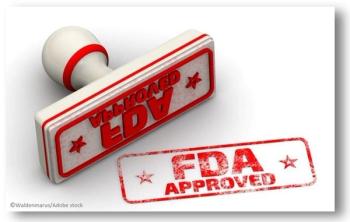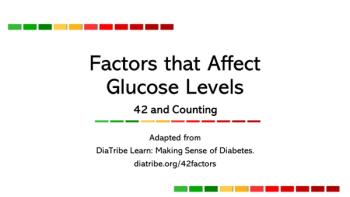Atypical Symptoms of Heart Attack Associated with 3-fold Higher Mortality Rate, New Study Finds
Atypical symptoms were most common among older patients with myocardial infarction, especially women, who called a non-emergency helpline for assistance, study authors found.
Researchers in Denmark found that 1 in 4 patients with myocardial infarction (MI) have atypical symptoms—such as breathing difficulties, extreme exhaustion, and abdominal pain—and were less likely to receive emergency help and more likely to die within 30 days compared to those with chest pain.
The study was published today online ahead of print in
“We found that atypical symptoms were most common among older people, especially women, who called a non-emergency helpline for assistance,” said study co-author and PhD candidate Amalie Lykkemark Møller, Nordsjællands Hospital, Hillerød, Denmark, in an
Though symptom recognition is critical in reducing delays in treatment for patients with MI, “Little is known about how symptoms influence the actions of patients and medical services and impact survival,” Møller added in the press release.
For this reason, researchers aimed to examine the associations between initial symptoms, the chance of receiving an emergency dispatch, and 30-day mortality among patients with acute MI.
Møller and colleagues collected data on all calls made to a 24-hour medical helpline and an emergency number in Copenhagen, Denmark from 2014 to 2018. Both emergency services registered the primary symptom and the response.
Researchers identified adults aged ≥30 years who were diagnosed with MI within 72 hours of the call. Study participants were then divided into groups according to their primary symptom.
During the 5-year study period, a specific primary symptom was recorded for 7222 of 8336 heart attacks. The most common symptom reported was chest pain (N=5219), followed by breathing problems (N=556).
Along with breathing difficulties, other atypical symptoms reported were extreme exhaustion, impaired consciousness, and abdominal pain; however, Møller noted that in most cases these issues are not caused by MI.
“Unfortunately, people in this situation will not know the cause, but we hope our study improves awareness – particularly among older patients and health professionals – that it could be a heart attack,” Møller said in the press release.
The prevalence of chest pain was highest among men aged 30-59 years calling the emergency number and lowest among women aged ≥79 years calling the medical helpline. Atypical symptoms were mainly found among older patients, particularly women, who called the medical helpline, according to the ESC press release.
The results also showed that among patients with chest pain, 95% of emergency calls and 76% of non-emergency calls received emergency dispatch. For participants with atypical symptoms, however, 62% of emergency calls and 17% of non-emergency calls received emergency dispatch.
“Taken together, our results show that heart attack patients with chest pain were three times more likely to receive an emergency ambulance than those with other symptoms,” Møller added in the press release. “People with atypical symptoms more often called the helpline, which could indicate that their symptoms were milder, or they were not aware of the severity. Vague symptoms may contribute to health staff misinterpreting them as benign.”
The 30-day mortality rate for participants with chest pain was 5% among those who called the emergency number and 3% among those who called the medical helpline. Mortality rates were higher among participants with atypical symptoms: 23% and 15% of participants died within 30 days after calling the emergency number and medical helpline, respectively.
After standardizing for age, sex, educational level, diabetes, previous MI, heart failure, and chronic obstructive pulmonary disease, the 30-day mortality rate was 4.3% for participants with chest pain and 15.6% for those with atypical symptoms.
“Death within 30 days was more than three-fold higher in those with atypical symptoms compared to chest pain,” Møller concluded. “This could be due to treatment delays caused by not receiving the appropriate emergency dispatch. However, it is unknown whether an increase in emergency dispatches alone would improve survival among heart attack patients with atypical symptoms – we aim to investigate this in future research projects.”
Newsletter
Enhance your clinical practice with the Patient Care newsletter, offering the latest evidence-based guidelines, diagnostic insights, and treatment strategies for primary care physicians.


































































































































































































































































































